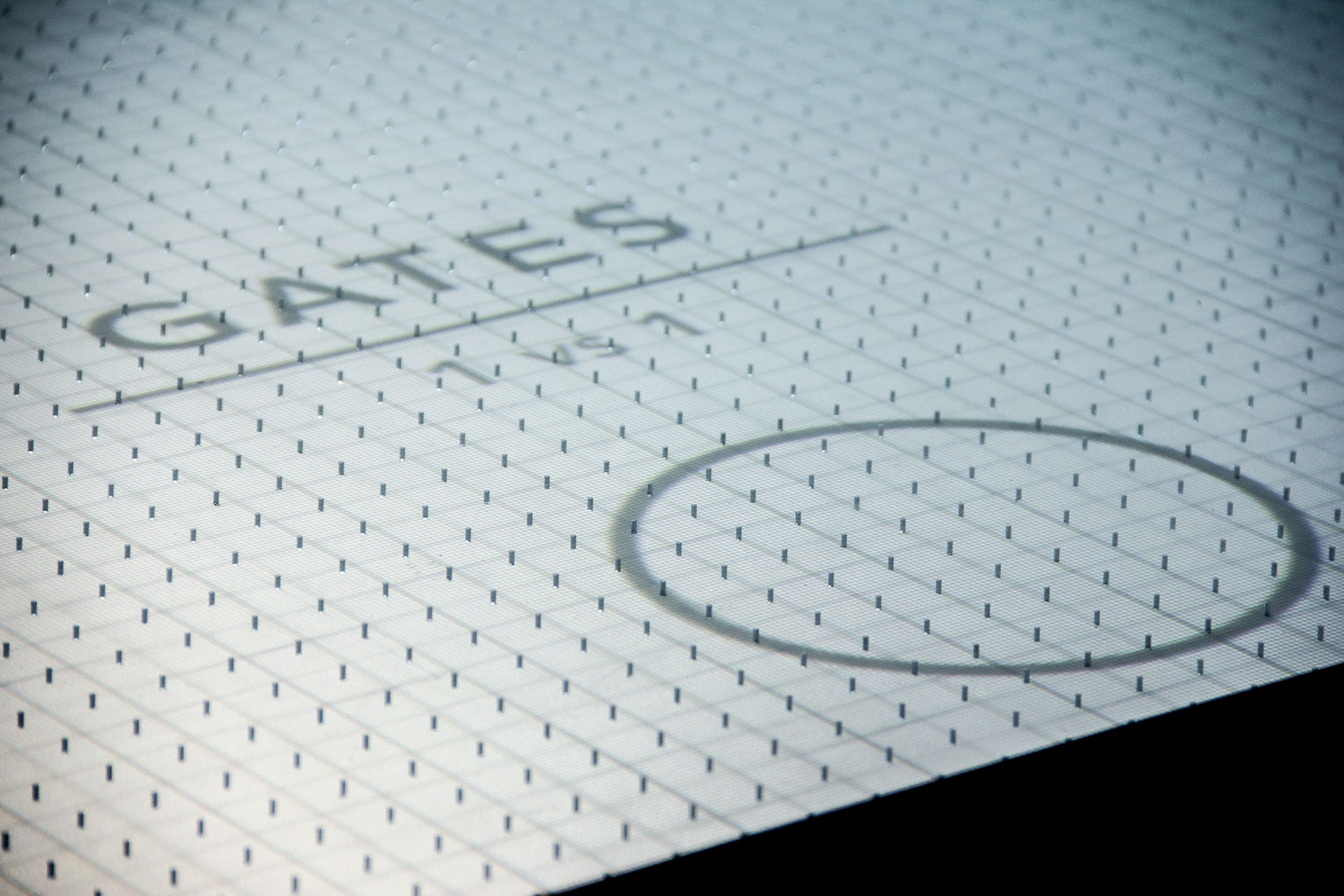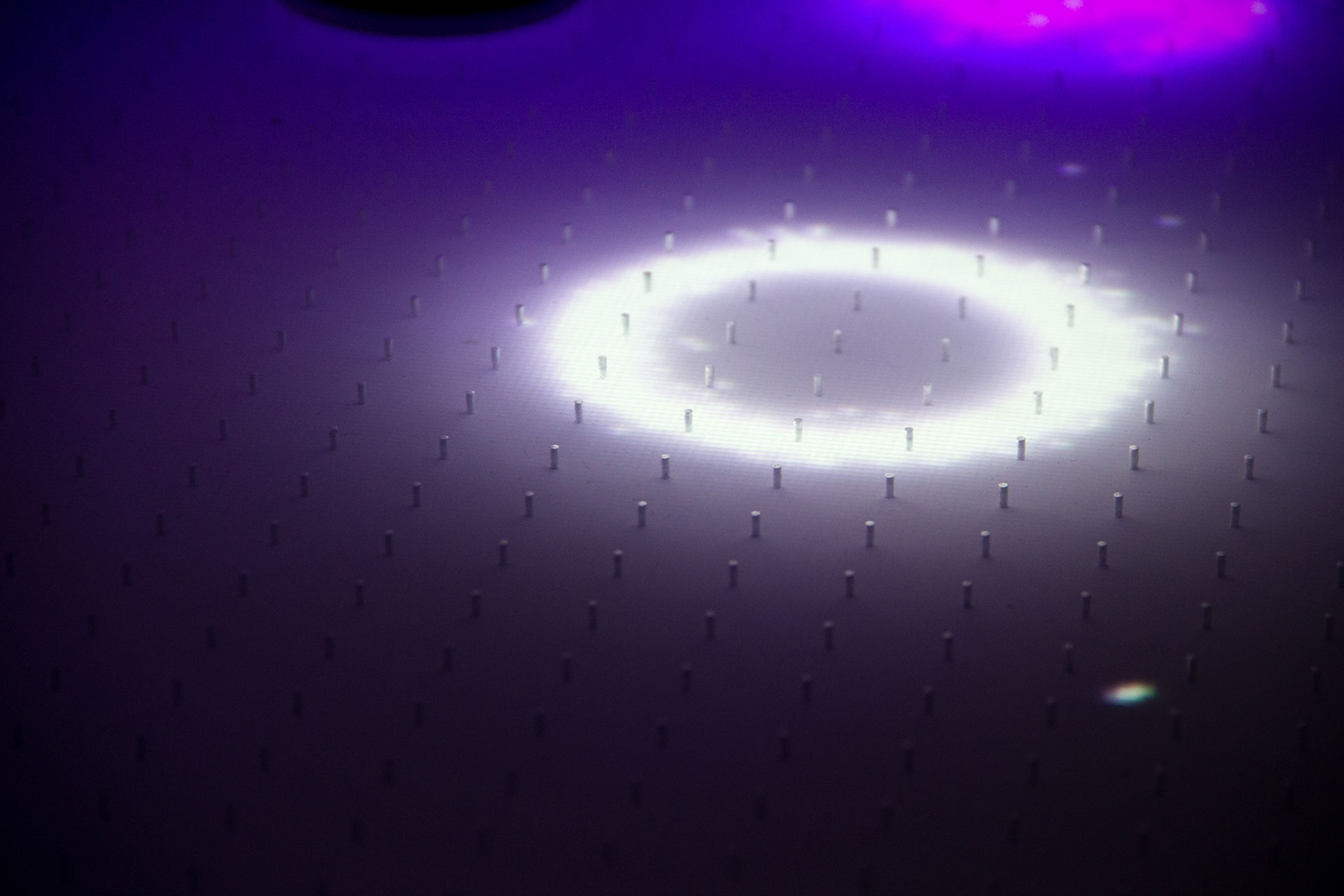FRICTION POINTS
2016
Semesterprojekt
UX | UI Design
Context
Starting from the theme Friction Points, we decided to experiment with the absence of friction. Besides several technical challenges, we asked ourselves the question, how can we design the next evolutionary step in the principle of air hockey?
Aircade enhances the classic air hockey game through the use of digital technology, paving the way for new content. Digitalization offers new possibilities, that create an unprecedented user experience and opens up new opportunities in game design. The game focuses on agility and accuracy, turning the wild, almost uncontrolled air hockey into a game, that requires team play, tactics and precision.
The project was done in collaboration with Nils Nahrwold.
Gates
1 vs 1
This game is a direct reference to air hockey, though with the advantage, that goals don't have to be stationary anymore, thus enabling a more dynamic gameplay. In this game the participants play against each other. Whoever makes the first 5 points wins.
Powerups

Moving
Both goals move, and make it harder for the defender to fend off the puck.

Invisible
The goal of the player who picks up the power up, starts to flash and can't be hit anymore.

Switching Sides
The score is switched. All the scored points go to the opponent and vice versa.
Moon
coop
This game is the first air hockey game, that isn't played against each other, but together in collaboration. The purpose of the game is to hit the the white ring as often as possible, in order to get a high score. The time to hit the ring is limited, and shortens as the score gets higher. The time is visualized by a red ring. The game ends, as soon as the red ring has reached the white one. After each scored point, the ring changes its position and the red ring starts again.
Powerups

Enlarge
The ring increases in size greatly and is a lot easier to hit.

Freeze
The ring is locked in place, thus may be easily hit multiple times in a row.

Time Bonus
A time bonus of an additional 5 seconds is credited to the players.







